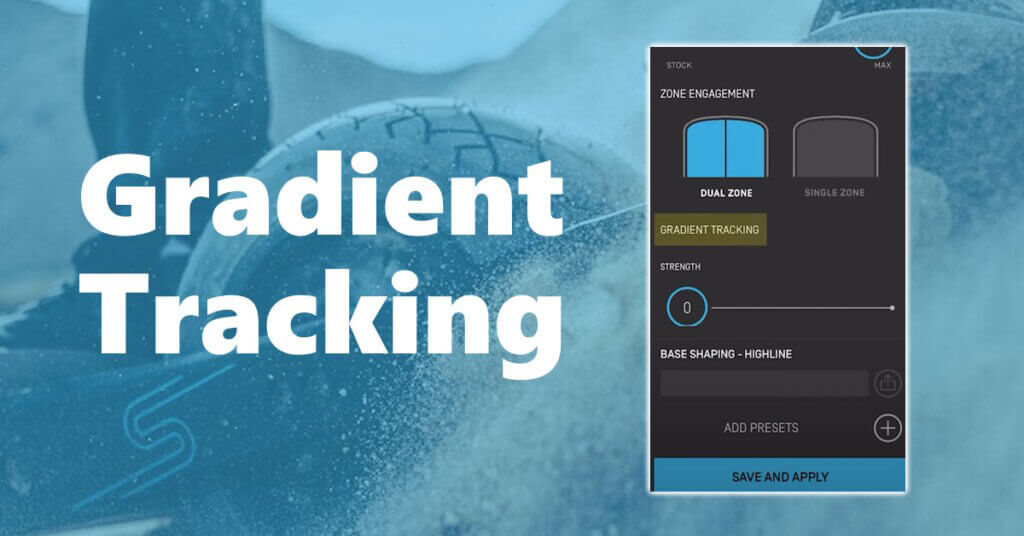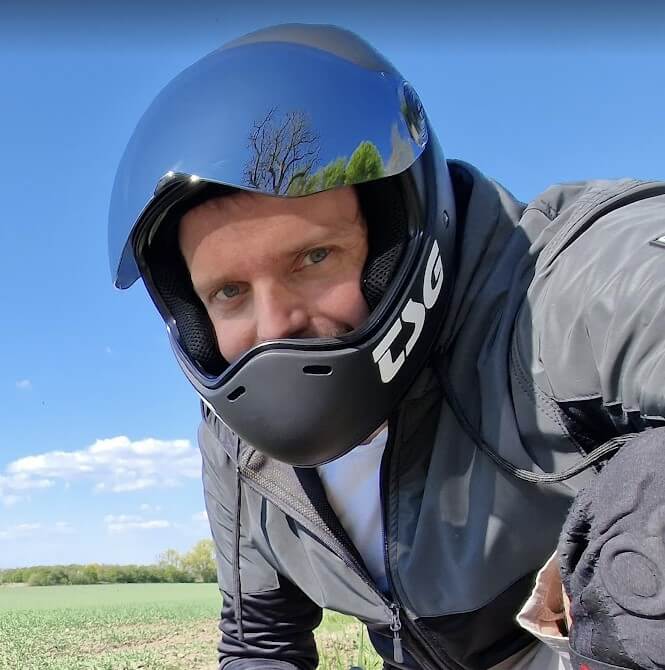Gradient Tracking is a feature that allows the board to recognize when you are in steeper terrain and adjust the tilt and responsiveness to allow for more room to accelerate while climbing and more room to brake while descending.
This feature has rolled out in the 6.1.61 firmware update for the Onewheel GT S-series and has been part of a project, led by Austin Silva, Mercedes Silva, and Neil Bennett, in collaboration with the Factory Pro Team, who have been testing and improving the product over the past few months. In short, this is taking the Adaptive Terrain Response (ATR) from the VESC platform and implementing a version for the Onewheel GT S-Series.
Understanding Gradient Tracking
Gradient Tracking is a feature that allows the board to recognize when you are in steeper terrain and adjust the tilt and responsiveness to allow for more room to accelerate while climbing and more room to brake while descending.
Gradient Tracking comes with three sliders: Strength, Response Speed, and Max Angle.
- Strength: With strength set to zero, gradient tracking will be off completely. The right strength will depend on your weight and tire pressure. If the strength is too high, the board will feel really rigid and could get tiring if you’re riding over a lot of hills.
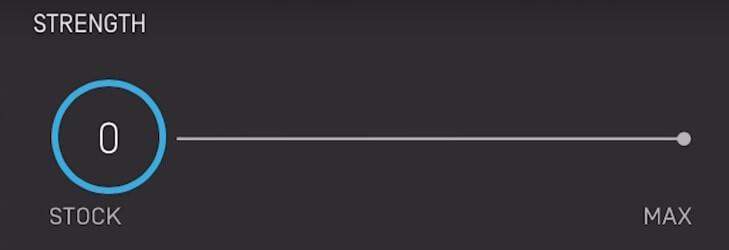
- Response Speed: This controls how aggressively gradient tracking comes in. If you’re climbing steep technical hills and need maximum clearance, you’ll want this to be more responsive. If you’re riding a smooth pump track where you’re constantly transitioning from roller to roller, you’d probably want this less responsive.
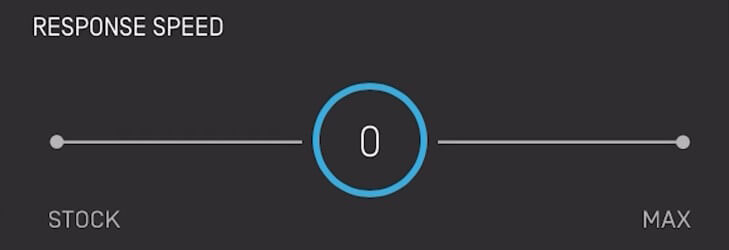
- Max Angle: This allows you to set a limit to how much extra tilt is applied. If you feel like you’re getting too much tilt, be sure to try a lower strength before limiting the angle here.
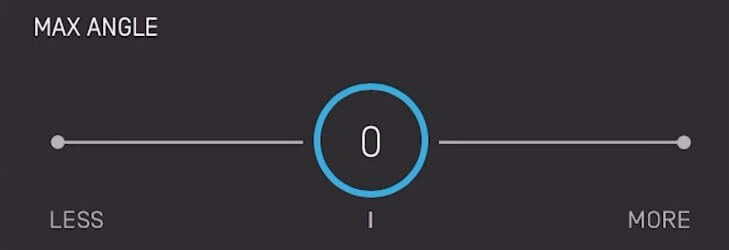
Gradient Tracking and Adaptive Terrain Response (ATR)
Gradient tracking is Future Motion’s version of Adaptive Terrain Response (ATR) that has been available for a while in the VESC community. As the name states and like Gradient Tracking, it is a system designed to enhance the riding experience on varying terrains. It works by adjusting the board’s nose and tail based on the acceleration experienced by the rider. When descending a hill, ATR lifts the tail, and when ascending, it lifts the nose. This provides the rider with both stopping power and control, particularly useful when navigating steep hills.
Availability of Gradient Tracking
While Future Motion has been adding new features to the GT S-Series, generally these improvements will trickle down to the rest of the fleet, at least the Onewheel GT that uses the same Custom Shaping 3.0. That said, According to Future Motion Inc.’s official response, Gradient Tracking is specifically designed and will only be available on GT S-Series.


